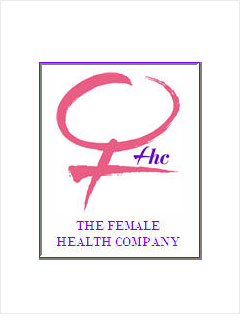
Female Health developed and sells the first female condom approved by the World Health Organization and the U.S. Food and Drug Administration. Those agencies and others now buy in bulk, distributing the condoms in places where they can be used to combat the spread of HIV/AIDS.
Manufacturing an effective female condom at a reasonable price was an uphill battle. In the first versions, welds in the thin polyurethane could hurt the woman. The price was also extraordinarily high -- up to $1.20 a piece, in contrast to male condoms, which sell for pennies.
But the company kept at it, and its latest model, the FC2, was approved by the WHO in 2006 and the FDA in March. With all public health organizations -- especially USAID -- now able to buy the same condom, volume will rise, meaning prices could drop as low as 30 cents each. Backers hope that public donors will be able to distribute 50 million female condoms this year.
Investors are excited about the potential profits if demand booms, and Female Health's executives are pleased to see their decades of persistence pay off.
"We aren't easily dissuaded," says Parrish. "One of the reasons we stuck with it and believe in it is, this product saves lives."
Read more about Female Health's journey to profitability.
NEXT: Helping the world get greener
| Sponsored by |

